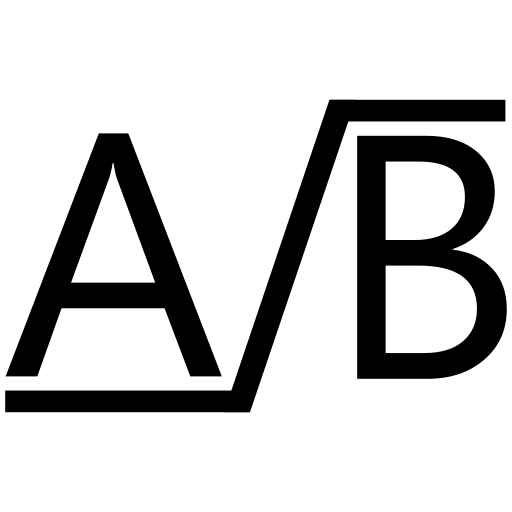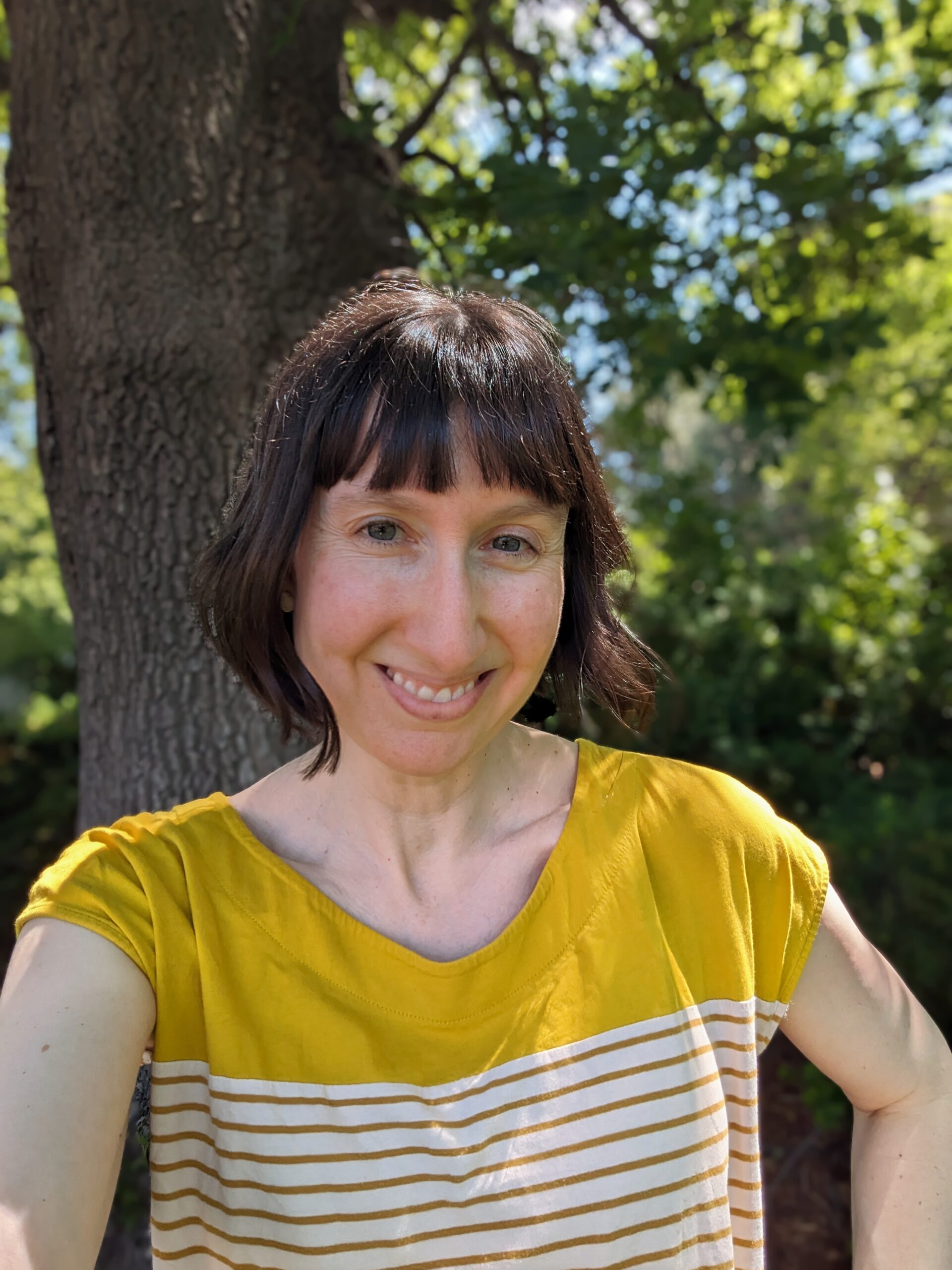Research is where I have the most fun because I never, ever get tired of studying stories.
I love stories. As a child, stories were my life. My first memory of finishing the final sentence of a book and immediately flipping to the front to begin reading again was a children’s biography of Hellen Keller. I was fascinated with this story – how a girl moved through the world so differently from me – and I was enthralled with the idea that I could live in this story – the obstacles, the triumphs – to gain empathy for someone living a life completely different from mine.
As an adult, stories are still my life (I went and earned an English Ph.D. and have been teaching college composition and literature for over 15 years), and I never, ever get tired of studying stories.
Research is where I have the most fun because research is where I get to meet characters (users) and learn who they are and where they’re coming from. I’ve always been the kind of person who other people are inclined to tell their life stories to. From students in office hours, to strangers on the bus, people find me approachable and easy to talk to. I listen. I listen really well. People want to be heard. I’m most passionate about making sure that all people are heard.
My doctoral research on empathy, diversity, disability, and storytelling studied the embodied experience of users as active participants in creating meaning from multimodal narrative. This work gives me unique insight into UX research, and inclusivity research in particular, because I have gained deep knowledge of a variety of factors that motivate human behavior and how individuals see themselves in relation to the physical and virtual spaces in which they interact. This research informs the way I help users with different levels of ability and welcome users from diverse backgrounds and circumstances.
Accessible and Inclusive Learning / Design Research benefits all users. We spend so much of our lives on screens, and many people don’t stop to reflect on the relationship between cognitive load – the amount of information our working memory can process at any given time – and mental health, and all the ways our interactions with digital products cumulatively affect us. As Annie Dillard famously observed, “how we spend our days is, of course, how we spend our lives.” I believe that UX research has the power to improve quality of life, which is an endeavor I find equally as meaningful as teaching others about the power of storytelling.
I live in the Pacific Northwest with my kind, supportive web developer husband and our two hilarious, inquisitive young children. If you’ve read this far you’ll be unsurprised to learn that I enjoy reading in my freetime. Some of my favorite books are Michelle Zauner’s memoir Crying in H Mart, Alison Bechdel’s graphic memoir The Secret to Superhuman Strength, and Gabrielle Zevin’s novel Tomorrow, and Tomorrow, and Tomorrow. My life-long love, in addition to stories, is dancing (which is also another kind of storytelling my dance teacher mother taught me) and I can think of nothing better than a spontaneous kitchen dance party. One of the very best groups of performers out there today is Axis Dance Company, a physically integrated company that was one of the first in the world to develop choreography specifically for dancers with and without disabilities. When I’m not reading or dancing, I also try to get away from screens into the great outdoors as much as possible, and the PNW is a pretty nice place to do that.

